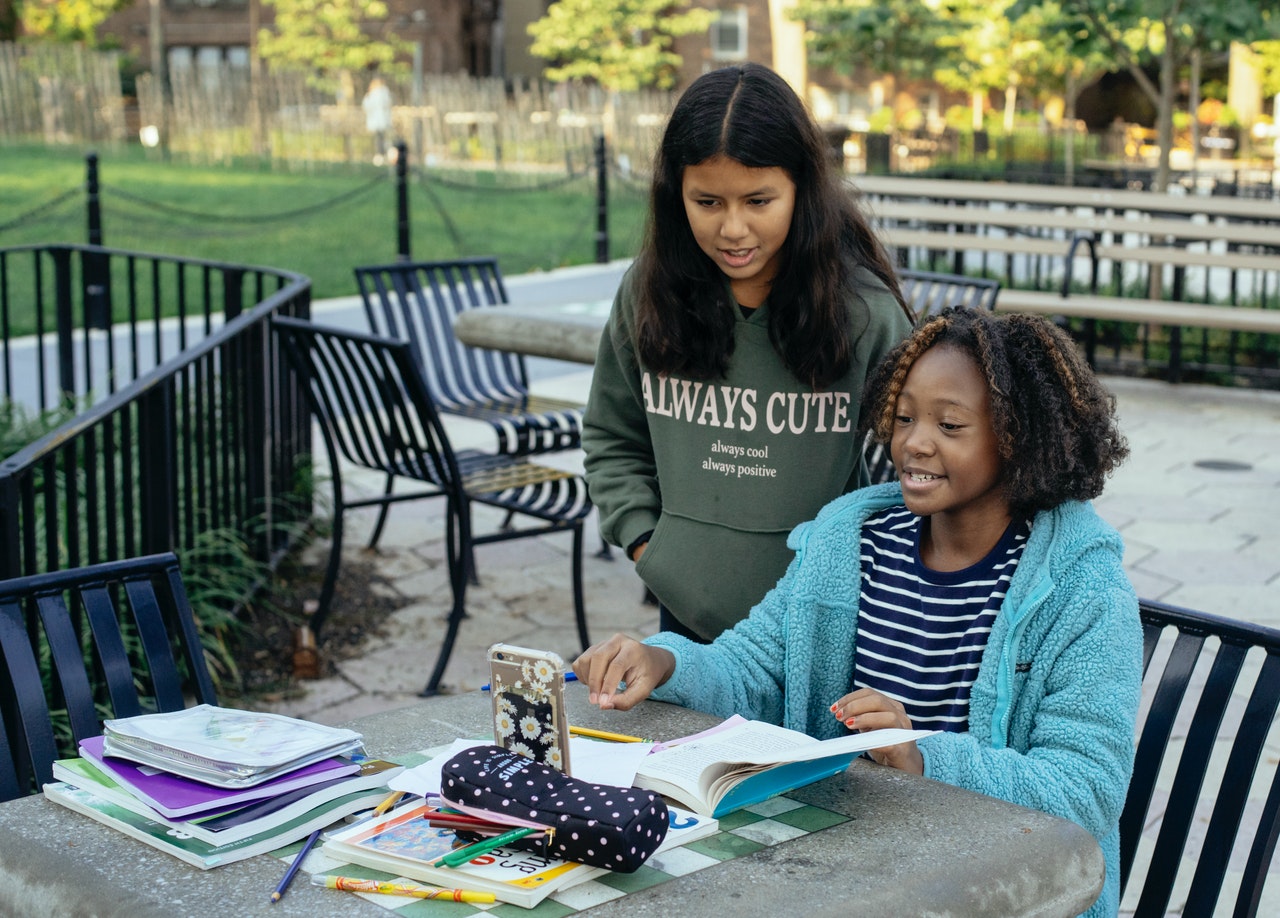Time to Hit the Reset Button

As we pass the one year mark of COVID-19, it’s time to consider the road we’ve traveled. During this time last year, as governors across the country forged quick plans to flatten the curve by shutting down their respective states, we could never have imagined how this would play out. We were anxious, uncertain about our future, buying unfathomable amounts of toilet paper. Grocery store shelves were void of flour, and egg prices skyrocketed. We discovered Zoom, ate dinner as a family, cared for neighbors, and found nature. We were in survival mode, which, unlike the significant sacrifices during the austere wartimes of the early and then again mid-1900s, included indulgence in creature comforts. As the days turned to weeks and weeks to months, lockdown brought more sweets, more streaming, and more screens than usual as we adjusted to remote work, school, and socializing. We trudged and indulged through this time, trying to survive, never expecting it to last a year.
But here we are, still managing quarantines and social distancing, still watching our Screen Time averages tick up. As more and more people are vaccinated, plans to open states and schools are well underway. Those fully vaccinated can now gather without masks or social distancing. What habits – good and bad – will we continue and which ones will we gladly abandon? What does the future hold for our screen habits?
At the start of the pandemic, medical clinicians, mental health professionals, and the NYT all shared a similar message: “Coronavirus ended the screen-time debate. Screens won.” Is that still true? If screens win, what do we lose?
The truth is the risks remain the same. Kids are accessing inappropriate content at alarmingly high rates. Content that includes not only pornography and violence too traumatic for them to process, but platforms that put them at risk for online sexual abuse and exploitation, which is estimated to have doubled during the pandemic. In the process, eye health is on the decline and sleep is being negatively impacted, which can lead to mental health issues. As kids spend more time online, they are also developing unhealthy habits that might not fade when the pandemic does. Jenny Radesky, MD, lead author of many American Academy of Pediatrics articles on screen time, told the New York Times that “…she’d have given different advice if she had known how long children would end up stuck at home. ‘I probably would have encouraged families to turn off Wi-Fi except during school hours so kids don’t feel tempted every moment, night and day,’ she said, adding, ‘The longer they’ve been doing a habituated behavior, the harder it’s going to be to break the habit.'”
Now, as we pass the one year mark, is the opportune time to rethink our digital health and act. We can help our families develop healthier technology habits that can dramatically improve overall physical, emotional, and mental health. Here are a few tips, the details of which can be found at turninglifeon.org:
Create a Family Media Plan
The goal is to collaborate, get your children’s input, and understand your technology values as a family. The Family Media Plan serves as your roadmap to navigate challenging situations and answer questions as they arise in your home; this template is based on the American Academy of Pediatrics research and suggestions.
Establish Bedrooms as Device-free Sanctuaries (at least most of the time)
Abundant research shows screens diminish and even corrupt sleep quality and quantity, which is so critical to mental and physical health. Maintaining bedrooms as device-free gives our children and us a place to escape from the demands and stresses of the online world.
Establish Device-free Family Times
Research shows that family time is linked to better mental health outcomes, true before and during the pandemic. Think about using these times for offline activities beneficial in their own right. Board games, walks, dance parties, and art projects contribute to cognitive, mental and/or physical health.
Have Regular Conversations about Technology
Ask questions with curiosity and let kids talk without lecturing. Developing a positive relationship around technology and establishing a connection will make it more likely that your kids will come to you if they’re having a problem, or worse a crisis, in the online world.
Monitor Tech Use
At the end of the day, you’re still a parent with endless love for your child and a fully developed frontal lobe! The truth is kids can’t manage technology on their own. They lack impulse control that won’t develop until their mid- to late-twenties. Our kids need our help. Regularly monitor how they’re using their devices, who they are connecting with and what is being said. We are looking for dangerous and inappropriate behavior here, and if we find it, time to repeat the above — talk to your child, parent compassionately and firmly, and seek professional help as necessary.
Already feeling overwhelmed by COVID, vaccine availability, and now this? Try not to be. If you do nothing else, now is the time to raise your consciousness about your children’s and your family’s technology use. If COVID Year 1 suggested a tacit license to let your kids do whatever they want online and spend as much as they want with screens in front of them, COVID Year 2 is the time we all look up and open our eyes to these topics, and yes, parents, that means especially us. Let’s designate the time change this year as more than just a clock shift, let’s mark it as the time to reimagine digital media’s place in our family and in our homes. Let’s dial down the digital use and bring back quality time off the screen.

 Adrienne Principe and Dr. Lela Jacobsohn
Adrienne Principe and Dr. Lela Jacobsohn